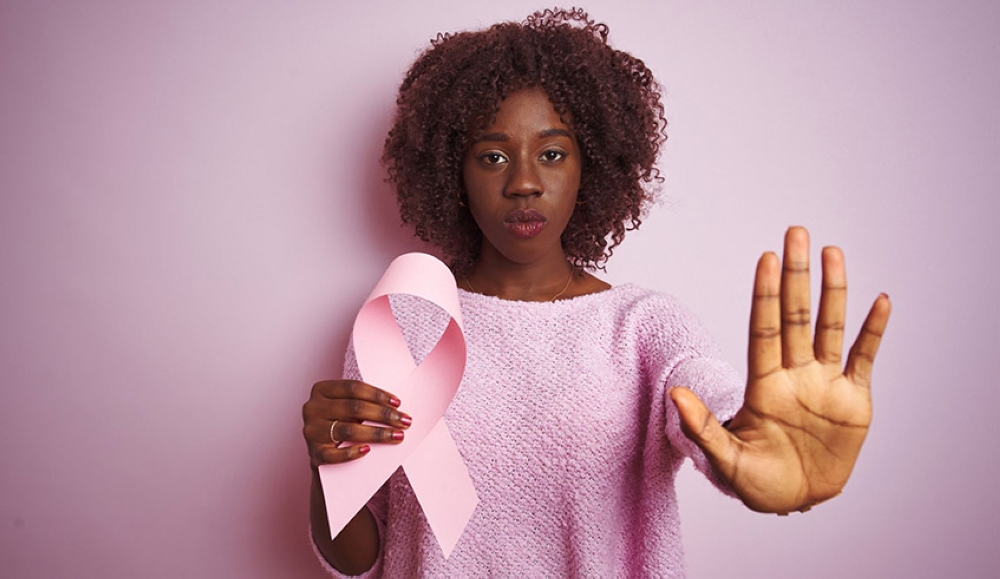

October has for the past couple of decades now known as the Breast Cancer Month.
The goal of the campaign is to raise the public’s "Brand Awareness” for breast cancer, its detection, its treatment and the need for a reliable and permanent cure.
Awareness surrounding breast cancer is incredibly important because early detection through screening can catch the disease when it is most treatable. It is worth noting that this is the most common cancer among women worldwide.
The average risk of a woman developing breast cancer sometime in her lifetime is one to eight. The chance that a woman will die from breast cancer is 1 in 38 (in USA may be different in Rwanda considering the existing disparities).
What does awareness entail?
Every woman should know her normal and be familiar with her breasts: their appearance, skin, nipple, how they feel, and any lump so she can recognize any changes that may occur and consult her physician promptly.
It is important to know what to look for, signs and symptoms. More importantly, every woman should practice her breast self-exam, and get her regular screening- Clinical Breast Exam or mammogram where possible.
These tests can help detect breast cancer before the woman even develops symptoms. It is important for men to be body aware because though rare, men can get breast cancer too.
Signs and symptoms
· Lump in the breast or under arm
· Swelling or thickening of all or part of the breast
· Dimpling or skin irritation of the breast
· Localized, persistent breast pain
· Redness, scaliness or thickening of the nipple
· Nipple Discharge other than milk
· Any change in size or shape of the breast
Every woman should also know breast cancer risk factors, the main one being a woman and age; although numbers are changing, getting older—most breast cancer is found in women ages 40 and older. Uncontrollable factors that may increase risk include personal/family history of breast cancer, race, breast density, and menstrual period history. Having changes in certain genes (BRCA and BRCA2 may also increase the risk of developing breast cancer.
Certain risk factors are lifestyle related, use of birth control pills, and hormone therapy after menopause, having children, drinking alcohol, being overweight, obese and not being physically active.
Having one or several risk factors does not mean a woman will develop breast cancer. Every woman needs to be familiar with all the risk factors and strive to do whatever she can do to lower the risks. Some ways to lower risk of breast cancer:
· Get to and maintain a healthy weight, balance your food intake with physical activity to avoid excess gain weight.
· Be physically active, avoid sitting too long. Get at least 150minutes of moderate physical activity every week or 75 minutes of vigorous intensity.
· Avoid or limit alcohol.
Screening in Prevention, Treatment and Control of Breast Cancer is vital
· Under ideal circumstances (Rwanda is making major strides towards improving cancer care), every woman should have a risk assessment at age 30 to see if screening earlier than age 40 is needed.
· Women at average breast cancer risk should begin at age 40
· Women previously diagnosed with the disease benefit from screening especially if diagnosed before age 50.
Tests used to detect breast cancer:
· A mammogram is the most reliable X-ray exam used to detect and evaluate breast changes
Philippa Kibugu Decuir is the founder and CEO of Breast Cancer Initiative East Africa (BCIEA) Inc.


